At present, all passenger jet aircraft have two pilots on the flight deck, and European aviation rules state that this must be the case. But there are signs that this could be about to change. Aircraft manufacturer Boeing are actively working on technology which would remove the need to have two pilots, and they claim that in the near distant future one single pilot could fly every aircraft. Steve Nordlund, a vice president at Boeing, claims that more automation would allow this to happen safely. It was pointed out that there had gradually been a reduction in flight crew over the years, from having up to six crew acting as pilots, flight engineers, navigators and radio operators in the 1940s, to two individuals doing everything required which we have today. Planes have been gradually becoming more automated; autopilots are used routinely, and autoland systems are quite common. A reduction to one pilot, some say, is simply a natural continuation of this trend.

The Advantages of Having Only One Pilot
Of course, having a single pilot would save on costs and manpower. Airlines are always looking at ways to operate more economically, and halving the number of pilots would make a great deal of difference. Also, there have been concerns that everything points to a shortage of pilots in the years ahead. There are not enough new pilots in training to replace those who will be retiring in the near future. So reducing pilot numbers seems to make good business sense.
Single Pilot Passenger Planes: The Possible Disadvantages

It is the safety aspects of single pilot operations which concern many people. Most experts believe that the present system, where one pilot flies and the other checks everything and provides backup, is absolutely crucial from a safety point of view. Dr Rob Hunter, Head of Flight Safety at the pilot’s union BALPA, voiced the concerns of many when he said that there could be a “greater number of occasions when the both the machine and the pilot becomes overwhelmed”. Despite automation, there are times when piloting and decision-making skills are crucial. This is particularly the case in the event of an in-flight emergency. If that happens, pilots often need to take over from technology – and when trouble shooting, two heads are better than one.
Even if the safety issues can be overcome, persuading the public to accept single pilot aircraft could be a different matter. Aircraft passengers worry about safety, particularly since the case in March 2015, when a Germanwings pilot flew an A320 into the ground, killing all 150 people on board, after having locked his co-pilot out of the flight deck. Passengers may not like having only one pilot up in front. Indeed, even Boeing realise that this initiative may ultimately depend on passenger acceptance.
A Possible Compromise

With all of this in mind, Boeing have suggested that single pilot operations might be trialled in the cargo sector, where passenger concerns would be taken out of the equation. This would, of course, save significantly on costs, while allowing time for everyone to get used to the idea.
Then, after that, who knows…
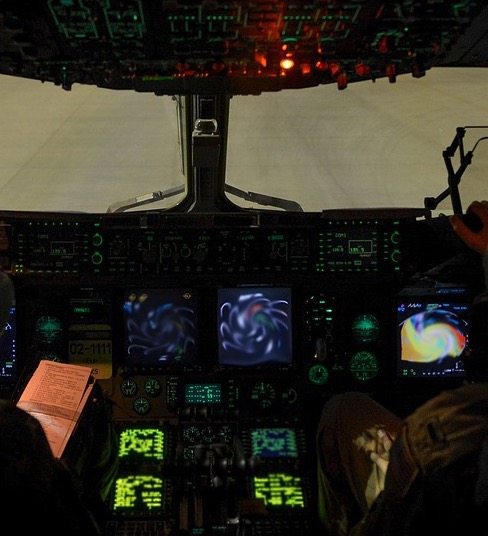
Helen is a retired pilot and flight instructor who has traveled around the world and visited more than 70 countries. An award-winning journalist and author, she has been writing for world-class aviation-focused publications.


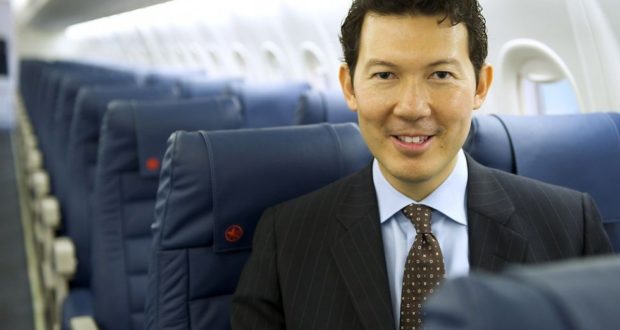

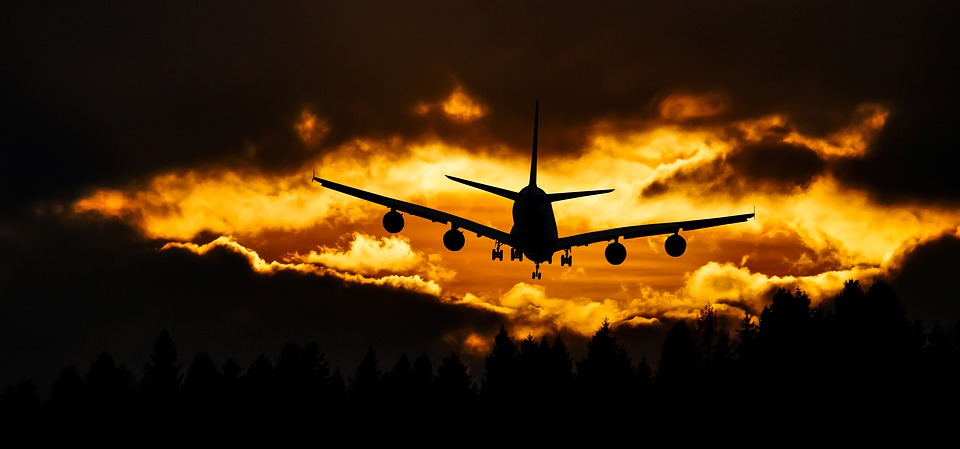

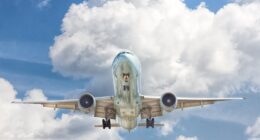

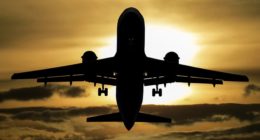
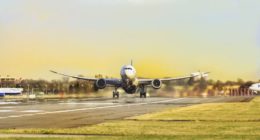
1 comment
I am a cargo pilot and was a former regional airline Captain prior to moving onto larger aircraft in the cargo sector. It is my opinion that we are a long way away from having single pilot or non piloted aircraft for several reasons. First off the only way to really automate aircraft you would need to automate the air traffic control system. Pilot’s constantly make up for mistakes controllers make by either clarifying clearances or by “cheating” when controllers make mistakes. As an example, on many occasions controllers give bad vectors to pilots because they misjudge the winds at altitude. They may as an example give a bad vector towards the localizer that has an aircraft intercepting the course to late for the aircaft to be able to catch the glide slope correctly on an ILS. The way you get around it is you cheat a little on the vector so that the aircraft can capture a localizer and glide slope correctly because you can see the vector will not work. If an automated system just blindly followed the voice instructions of a controller, it is likely a dangerous situations could occur as a result of human error on the ground based side. You would have to automate the ATC system as well as aircraft to truly create a safe automated aerospace system. Secondly you have the problem of older legacy aircraft that will likely continue flying for 10 to 20 years. I fly an older model Boeing that is equipped with 80’s style glass technology and automation. These older aircraft would have to either be retrofitted at a high cost to the business to make them capable of automated operations, or they would have to be scrapped for newer more expensive equipment. In the cargo sector, airlines are buying older used aircraft like the Boeing 767 and not purchasing new planes like the 777 or 787. Fedex is buying 767s Atlas Air and ATI are buying 767’s as well as Kaletta Air. They are buying used equipment in Air Cargo and not brand new Boeing’s and Airbus aircraft. That fact does not neccessarily make it cheaper to switch from aircraft that are already certified by the FAA to retrofitted or new airframes that would cost likely as much or more then just leaving them the way they are as normal 2 pilot airframes. Likely it would also require a lengthy and expensive certification process by the FAA for both the aircraft and the pilots. Single pilot flying is not easy. It is a different skill-set that many pilots that exist today may not even be capable of transitioning to. Most pilot experience in single pilot operations are early on in slower propeller driven training aircraft and not large complex jets. They may not be able to adapt to an entirely different method of flying, Just because you have a pilot shortage does not mean that cutting the number of crew members will double the pilot pool. Qualified pilots would have to prove that they’re capable of flying large planes with half the crew. I don’t personally think a lot of pilots out there who have been flying crew concept aircraft would be capable of switching to a single pilot mentality and still safely pilot their aircraft. Maybe 50 years from now we will have automated aircraft. I would surmise in 15 years we could get to the point where it’s truly safe and cost effective to operate any large aircraft single pilot, It may be 30 to 50 years before the aerospace system can operate with autonomous aircraft. Outside of that you have Unions on both the pilot side of the house and the controller side of the house that do not want to see their livings cut down by increasing supply and decreasing demand through an attempt to change the status quo that has been proven to be safe in this day an age. Any person that thinks even the most high tech aircraft that exist today can just fly themselves from gate to gate really does not understand the complexity of the aviation system that exists today